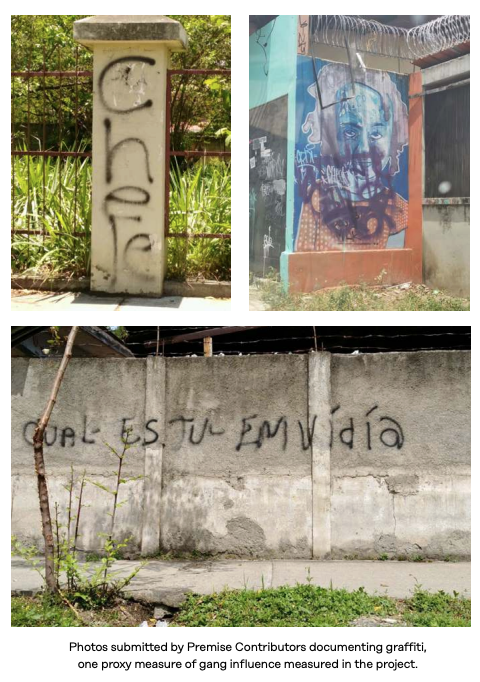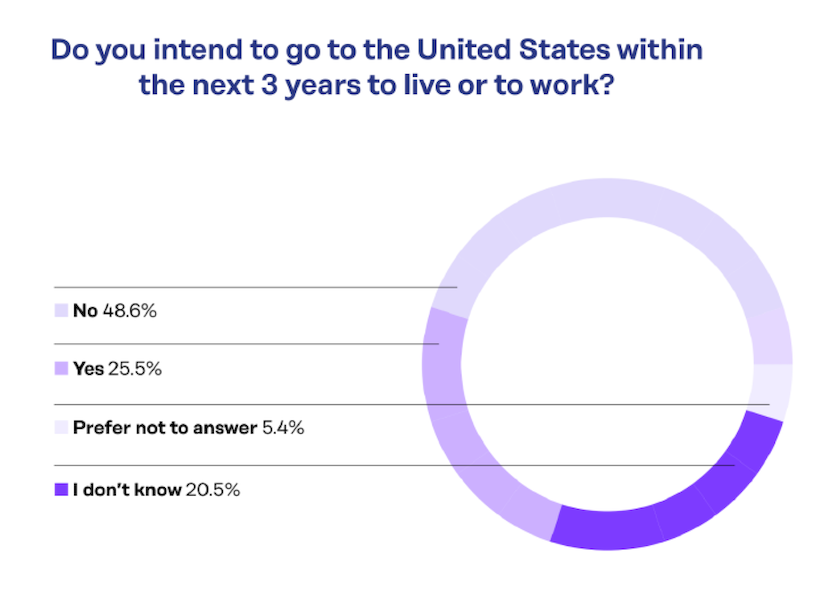Challenge
In Honduras, the U.S. Agency for International Development (USAID) launched an initiative called MESCLA — Monitoring and Evaluation Support for Collaborative Learning and Adapting — to support and strengthen the agency’s development assistance in the country and to help guide the agency’s resource allocation decisions. MESCLA sought new, more effective approaches to monitoring citizen security and understanding if and how perceptions of security were related to citizens’ plans to migrate.
Solution
MESCLA used Premise to collect information on nine sentinel indicators of citizen security that could paint a more holistic and hyper-localized picture of community conditions than typical measures (usually homicide statistics). Among these indicators were proxy measures of gang influence: density of abandoned lots, presence of gang graffiti, and percentage of businesses open after dark. More than 4,000 Premise Contributors collected data from the 55 target colonias in Tegucigalpa and San Pedro Sula.
MESCLA tasked these Contributors, more than 1,100 of whom were from the target colonias, to:
- Describe and take photos of street art and graffiti, empty lots, and public parks and recreation spaces.
- Walk prescribed commercial routes and report on business activity and foot traffic.
- Report on essential services, including electricity, trash pick-up, and police presence.
- Answer questions about safety and security, including whether they had seen criminal activity (prostitution, fights, etc.) or taken steps to protect themselves (e.g., reinforced windows or doors, closed businesses, etc.)
- Respond to questions about their satisfaction with their economic situation and whether (and for what reason) they were considering leaving the city or emigrating to the U.S.

Findings
Context monitoring data collected through Premise demonstrated a clear correlation between the presence of gang influence and/or violence and people’s stated intention to migrate. Moreover, the data showed how these dynamics played out at a micro level by substantiating survey data (e.g., perceptions of security) with observational data (photos of graffiti, closed businesses).

Implications
Equipped with these observations from Premise, MESCLA and USAID were able to:
- Establish a relationship between gang violence and irregular migration.
- Justify continued support and resources for violence prevention, which the U.S. Government identifies as a root cause of migration in Honduras and Central America more broadly.
- Connect gang violence prevention programming to the achievement of U.S. Government objectives in the region, notably to “build hope for citizens in the region that the life they desire can be found at home” (U.S. Strategy for Addressing the Root Causes of Migration in Central America).